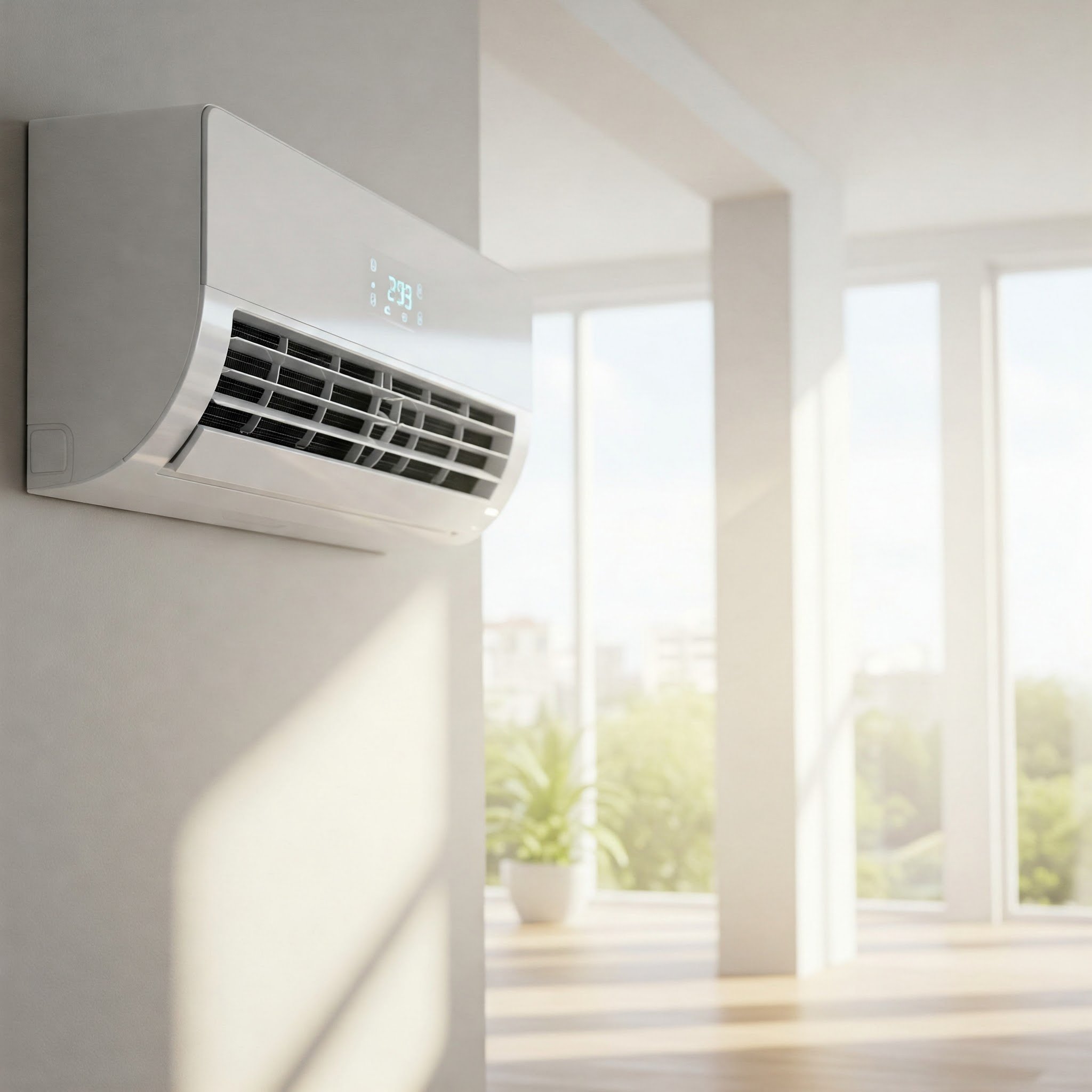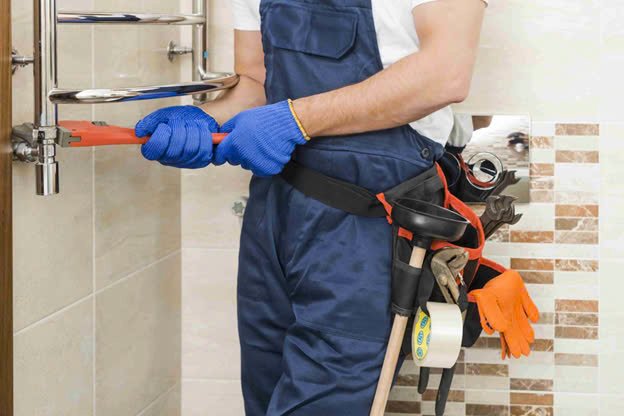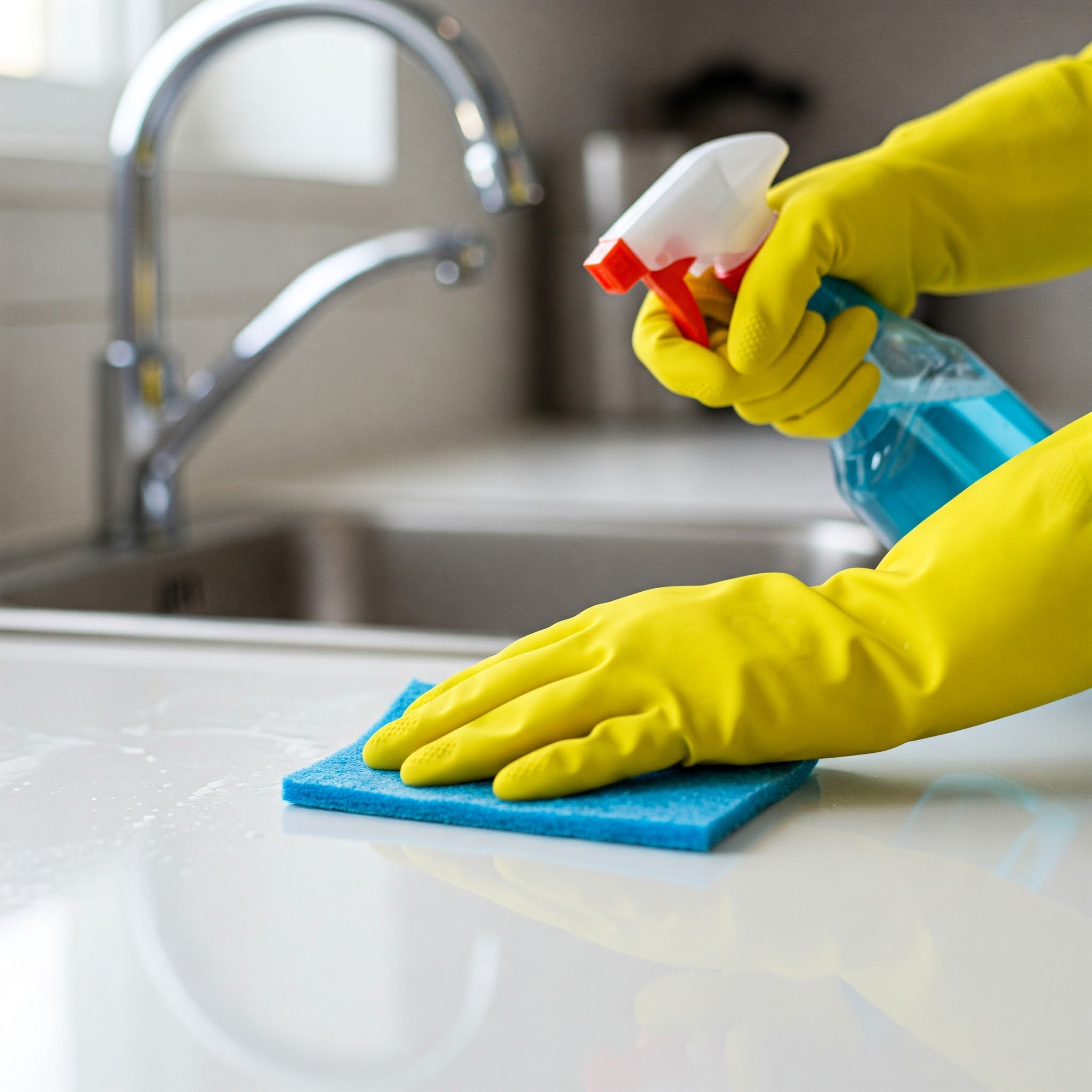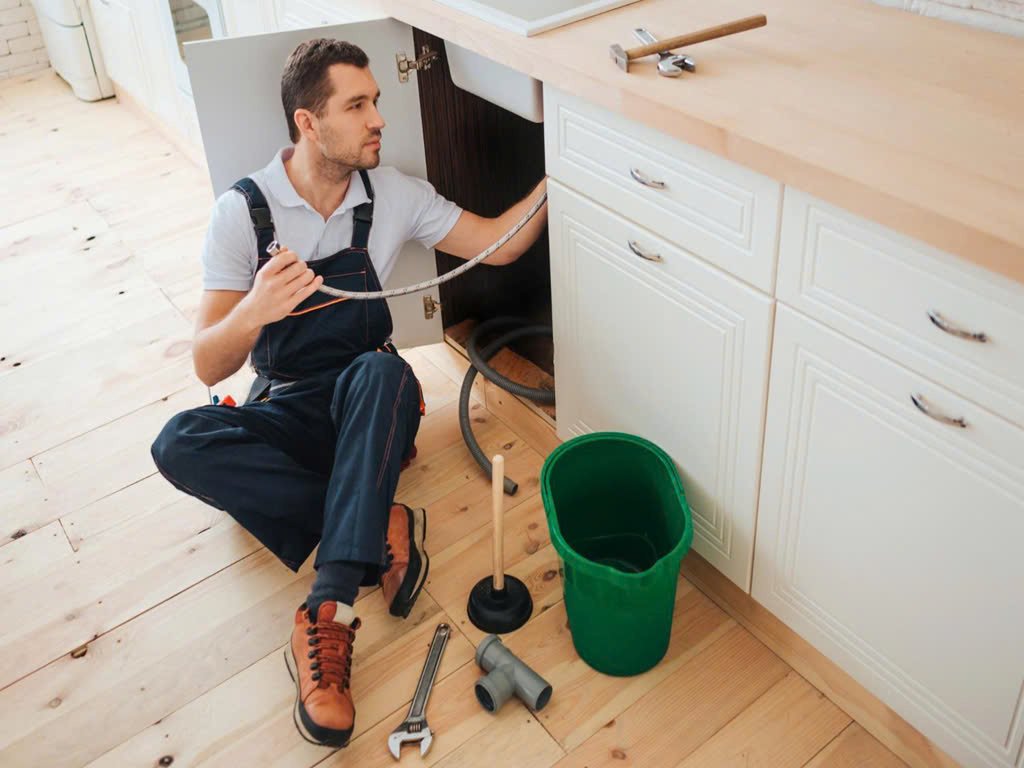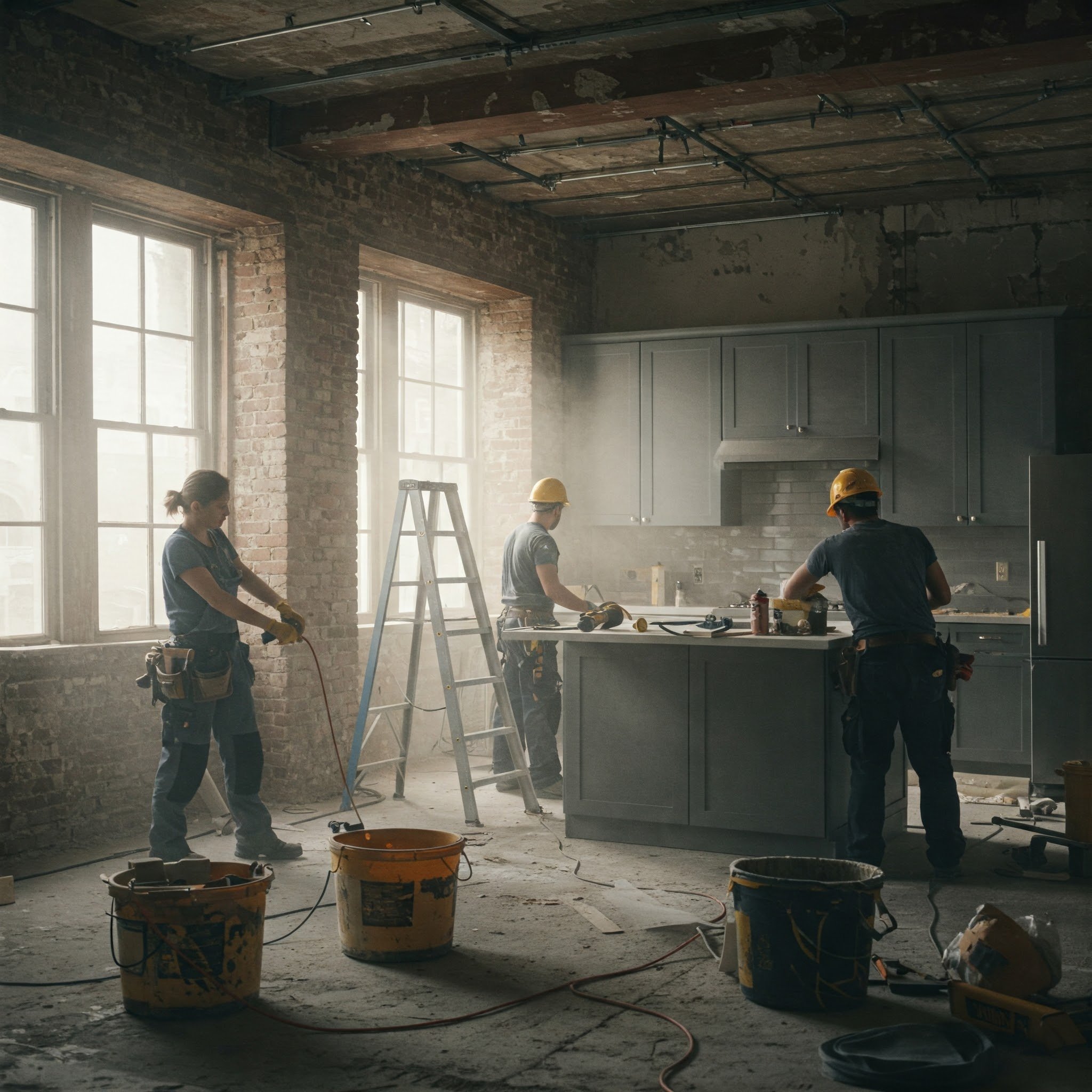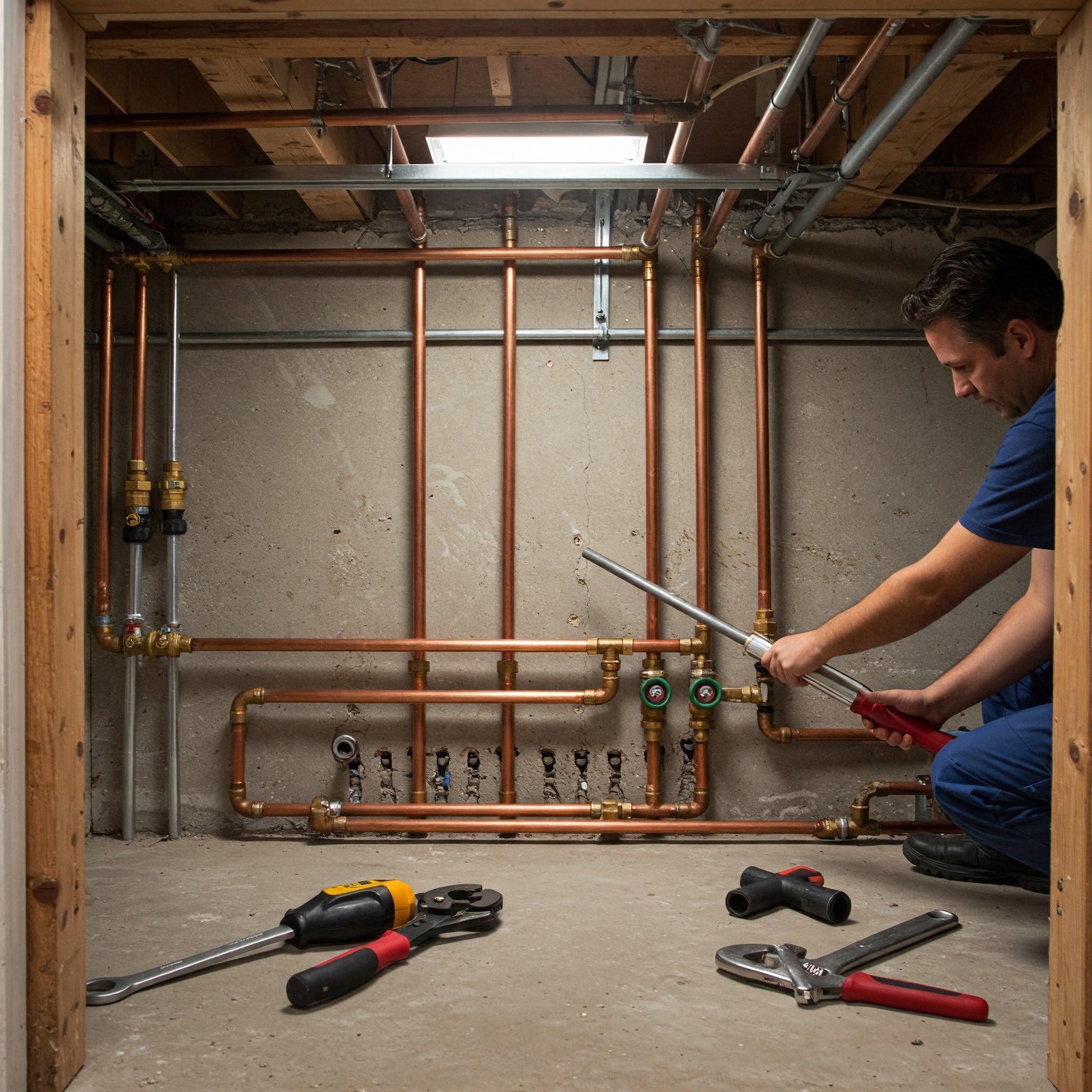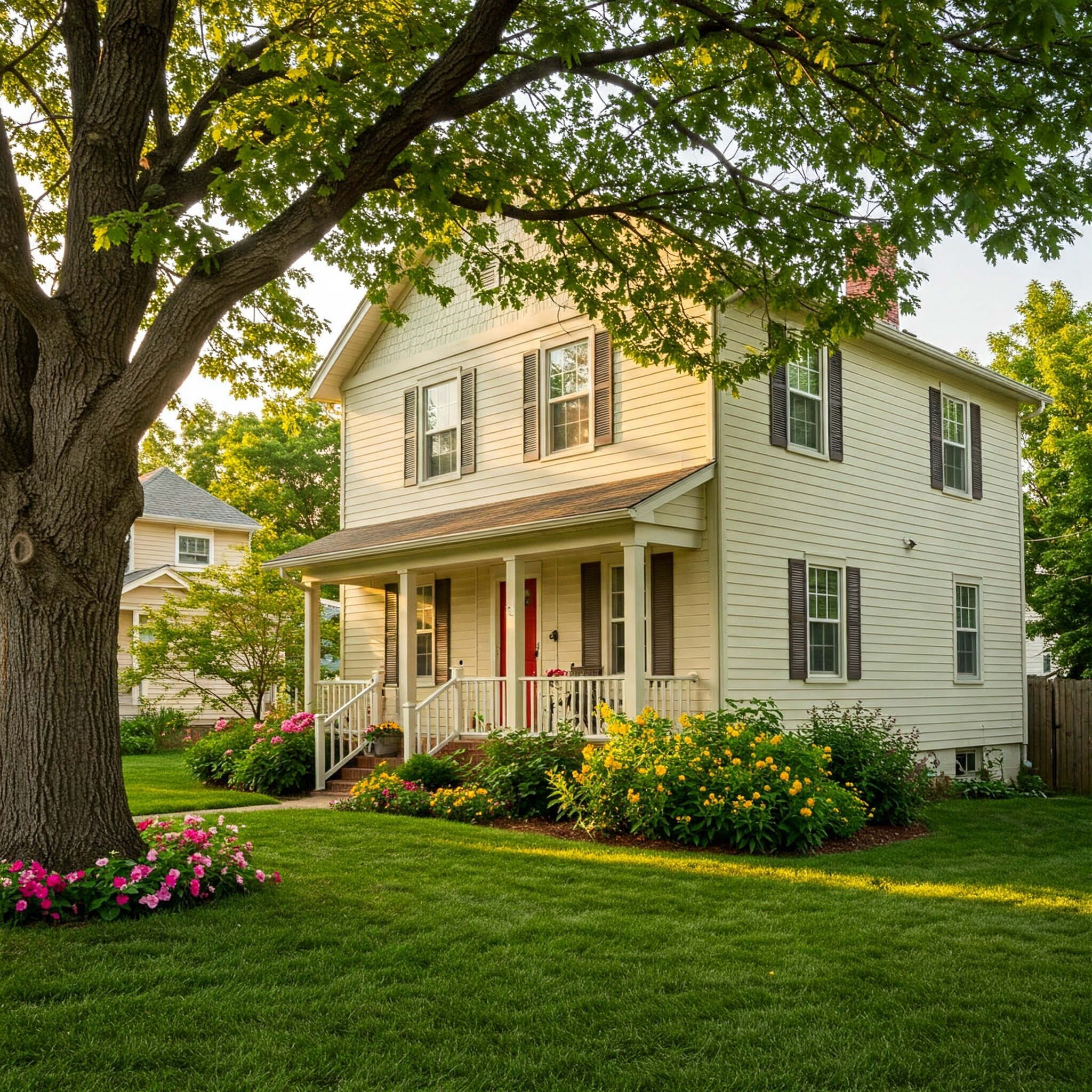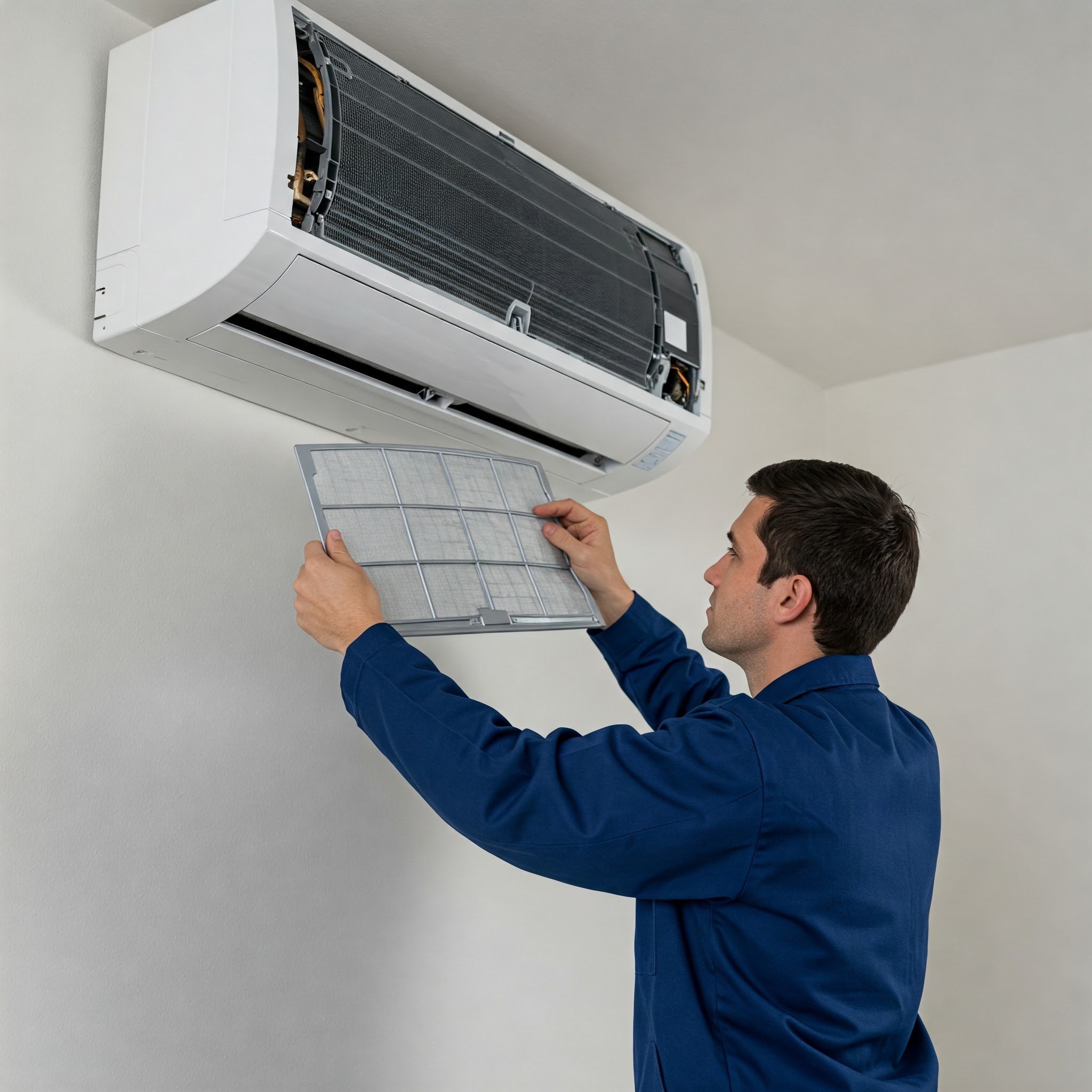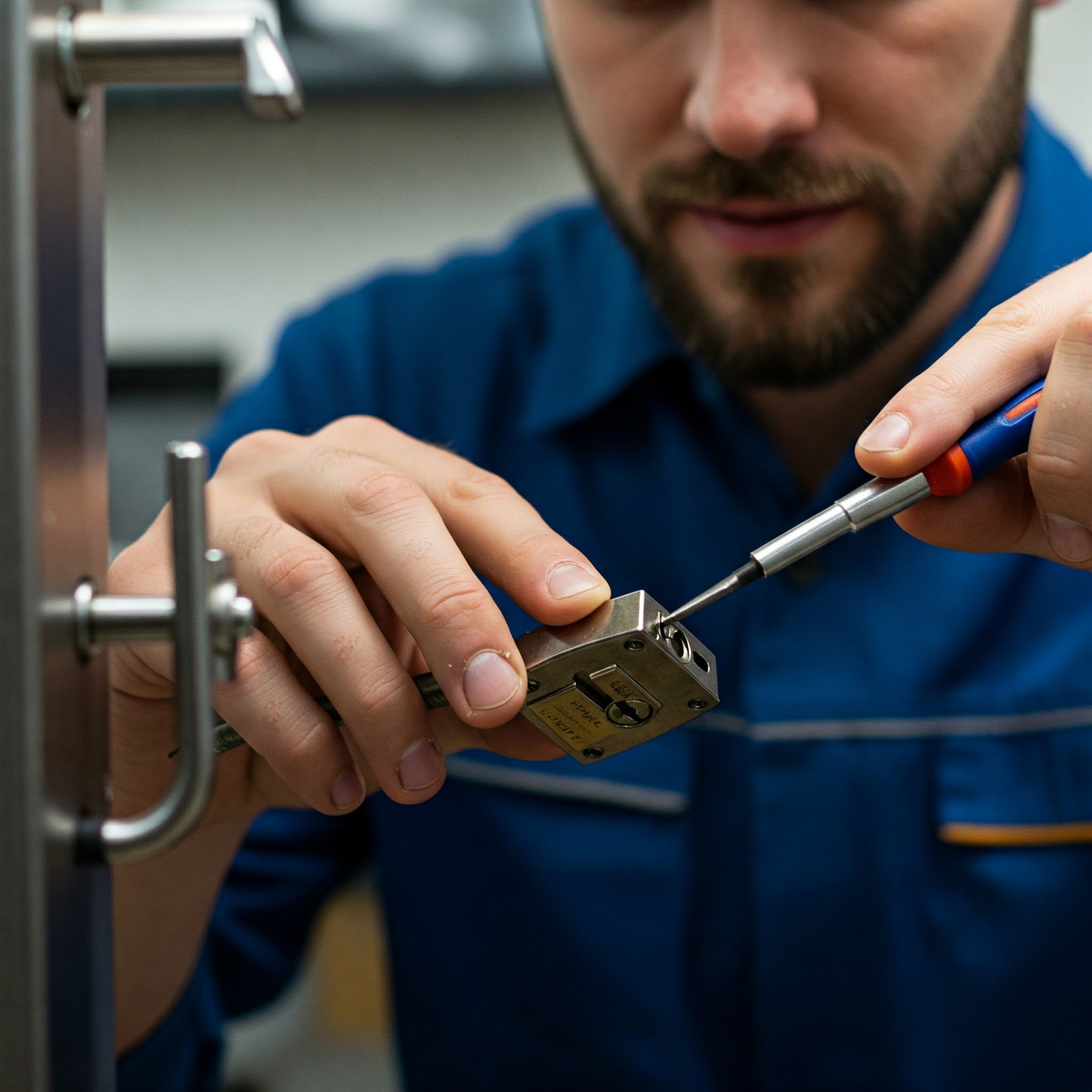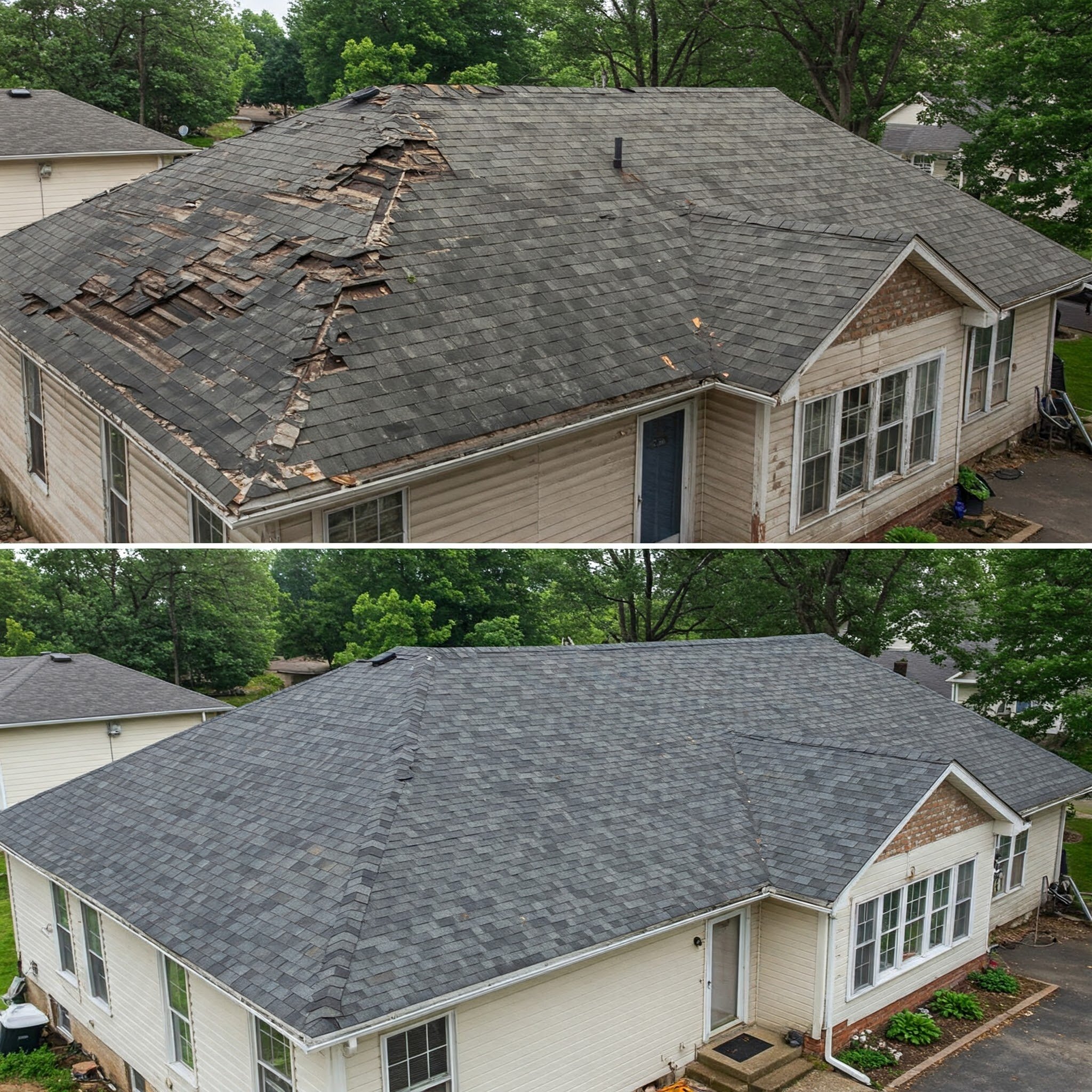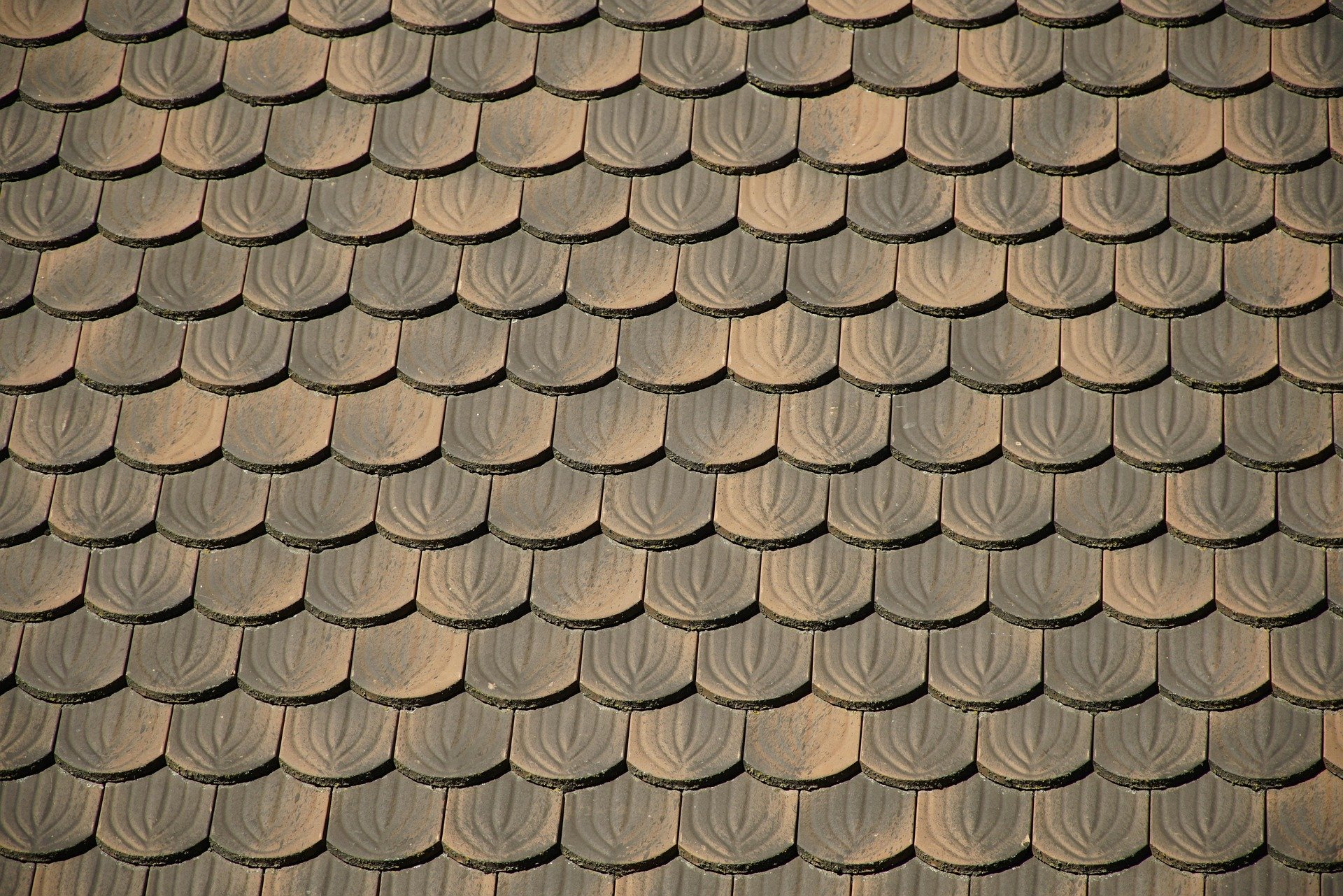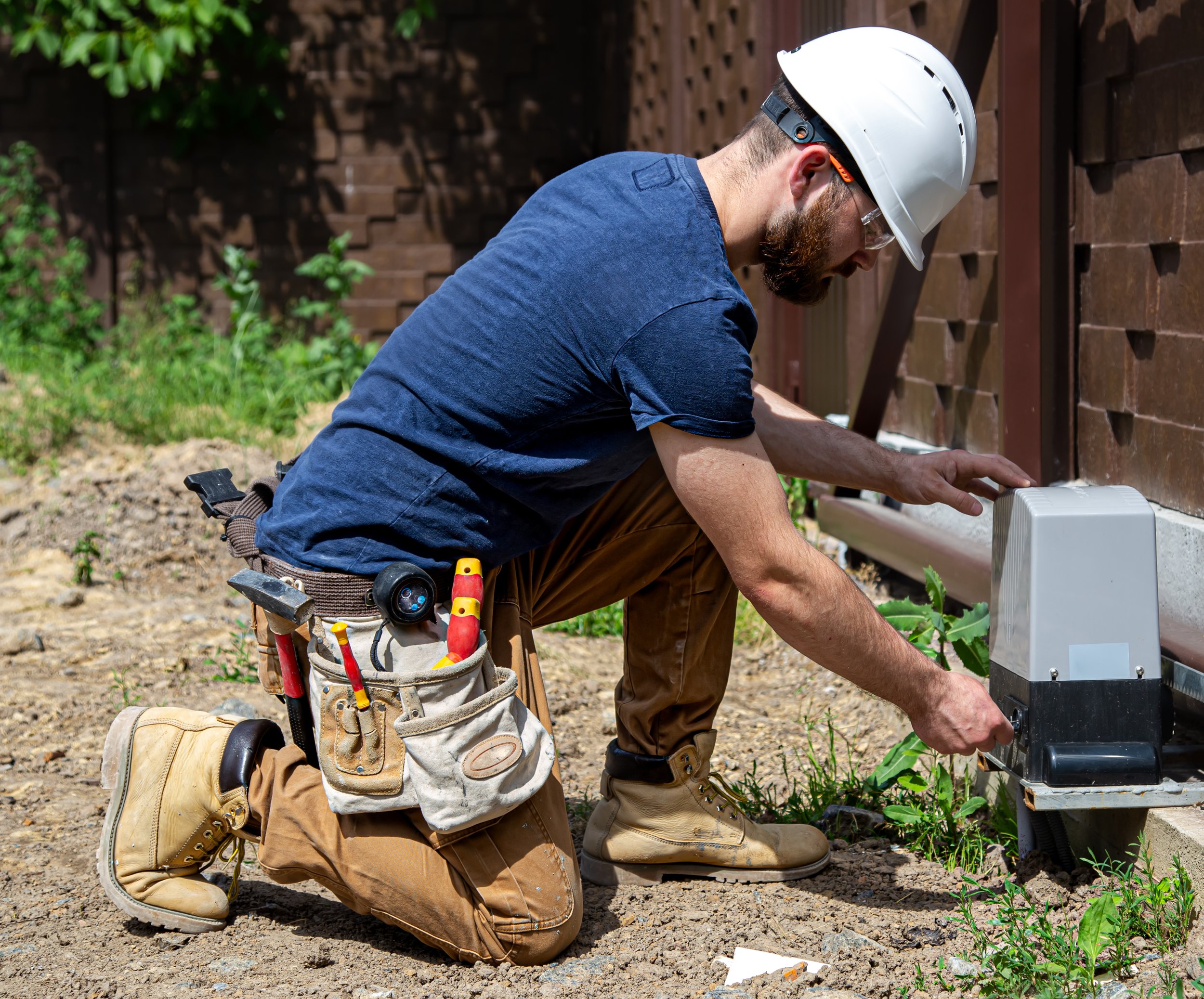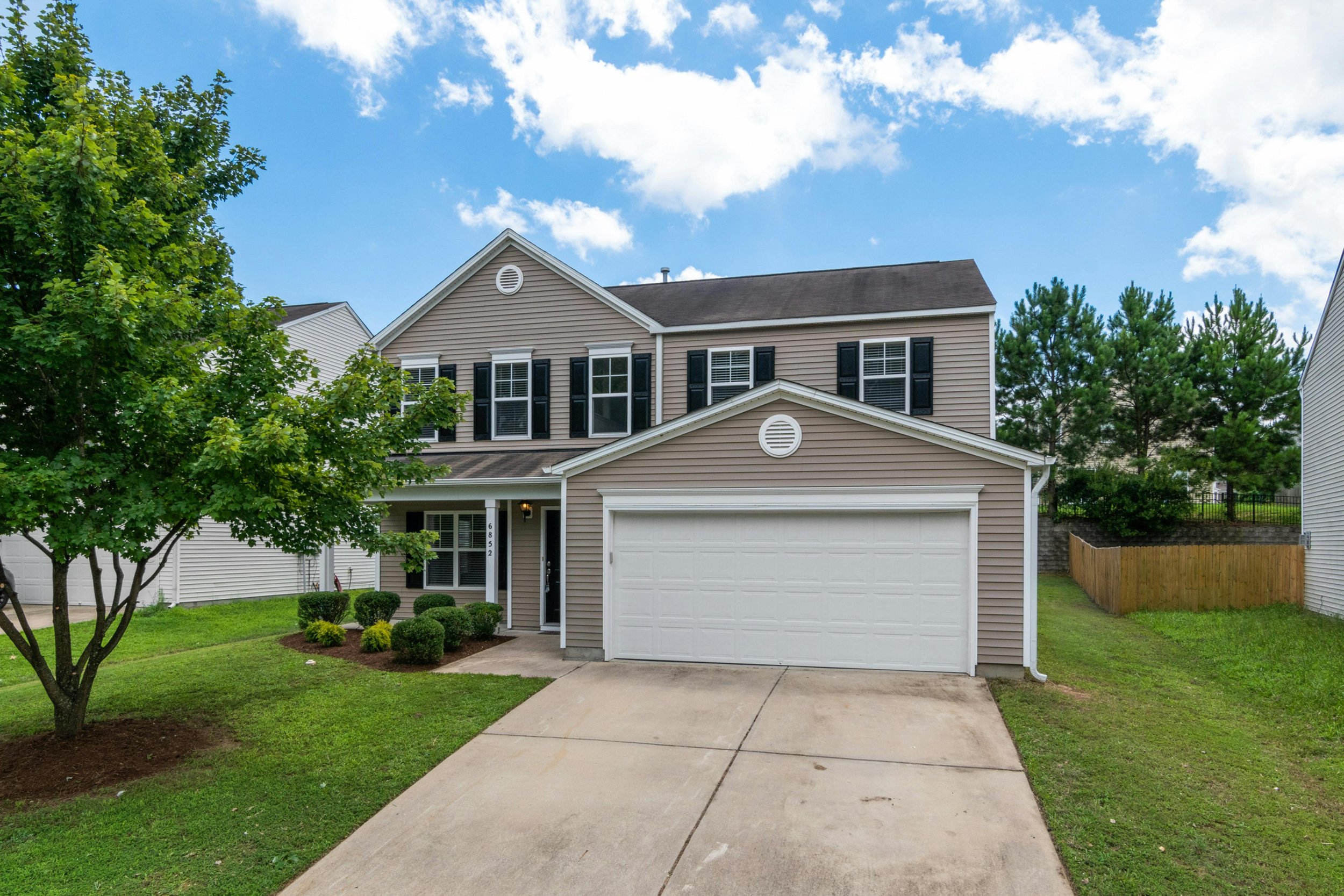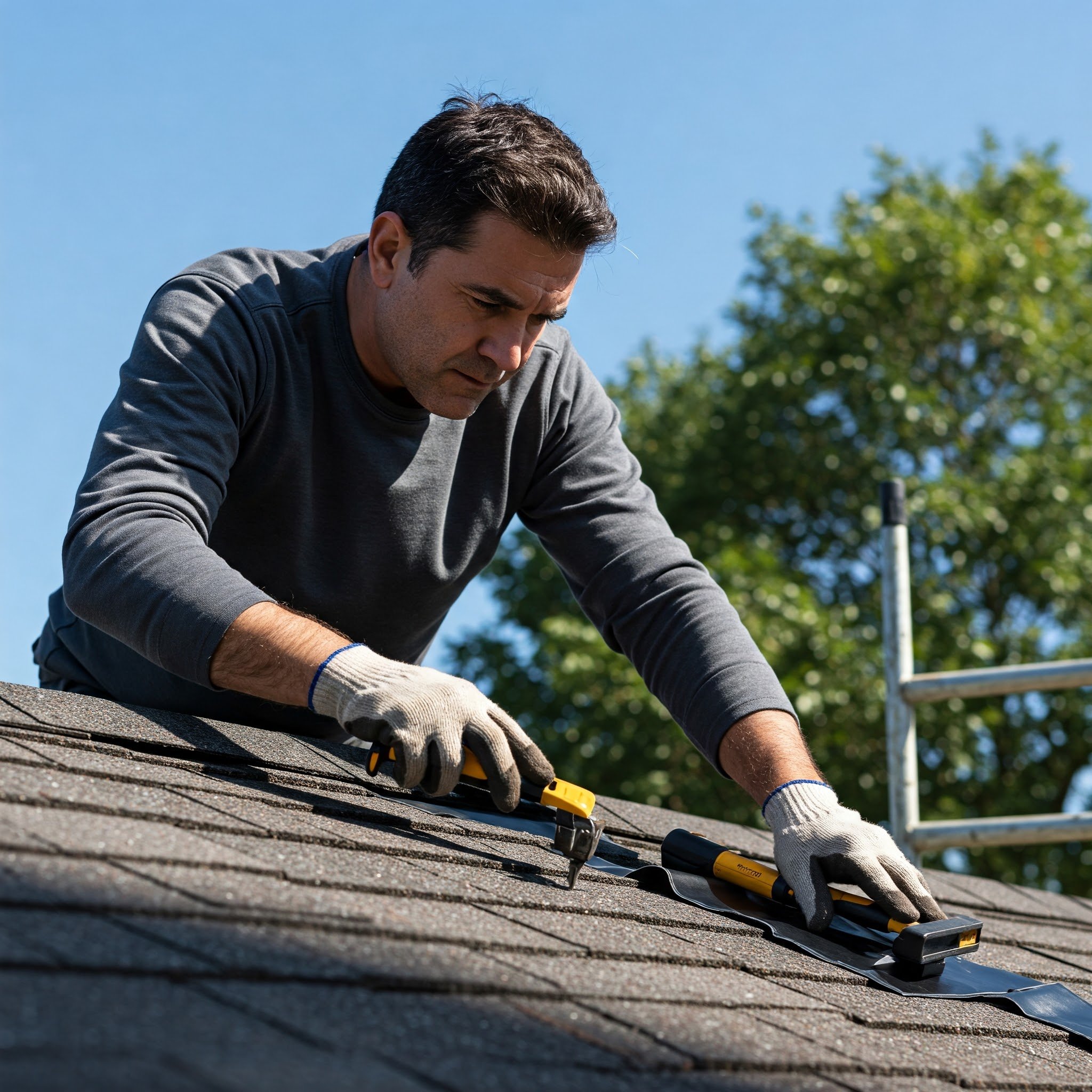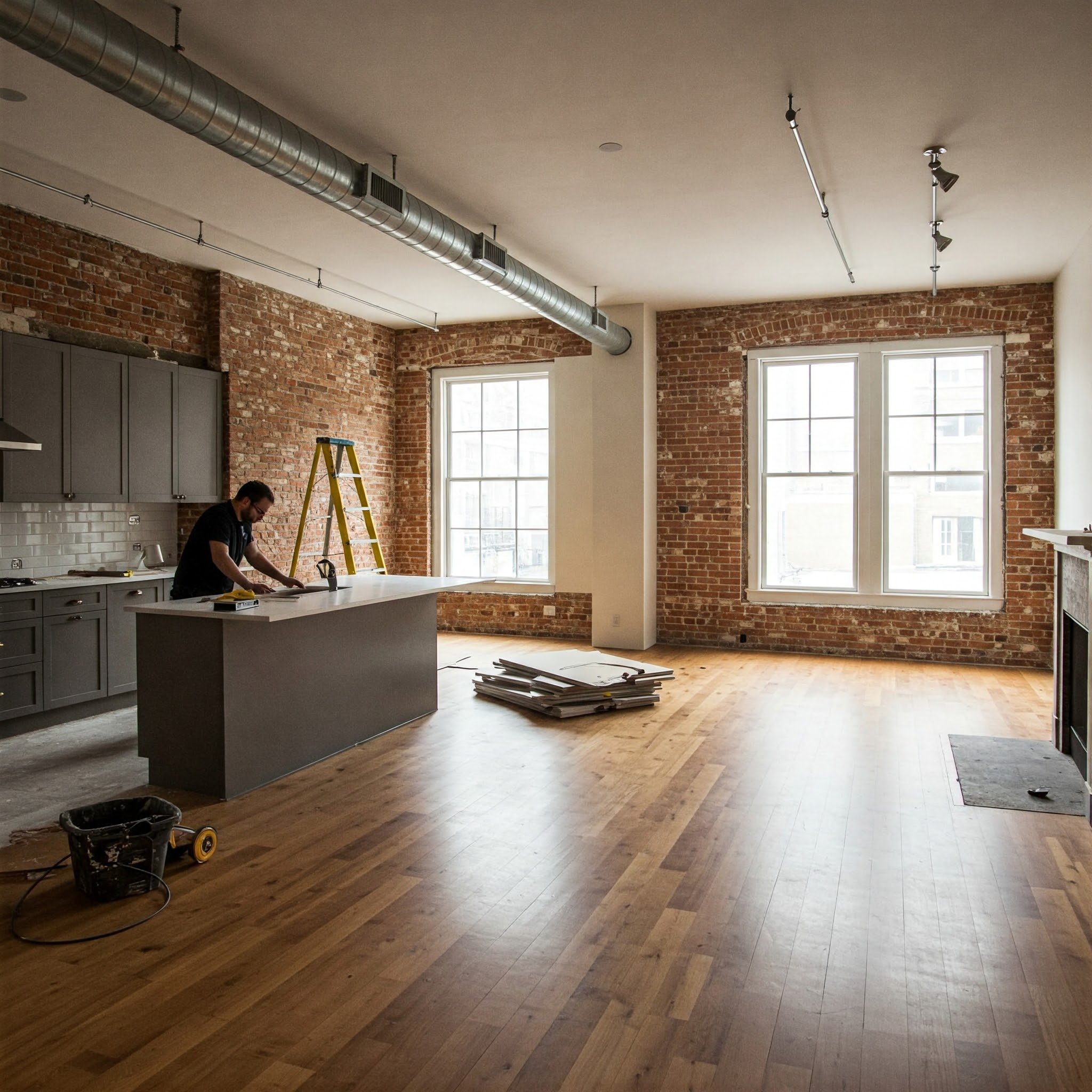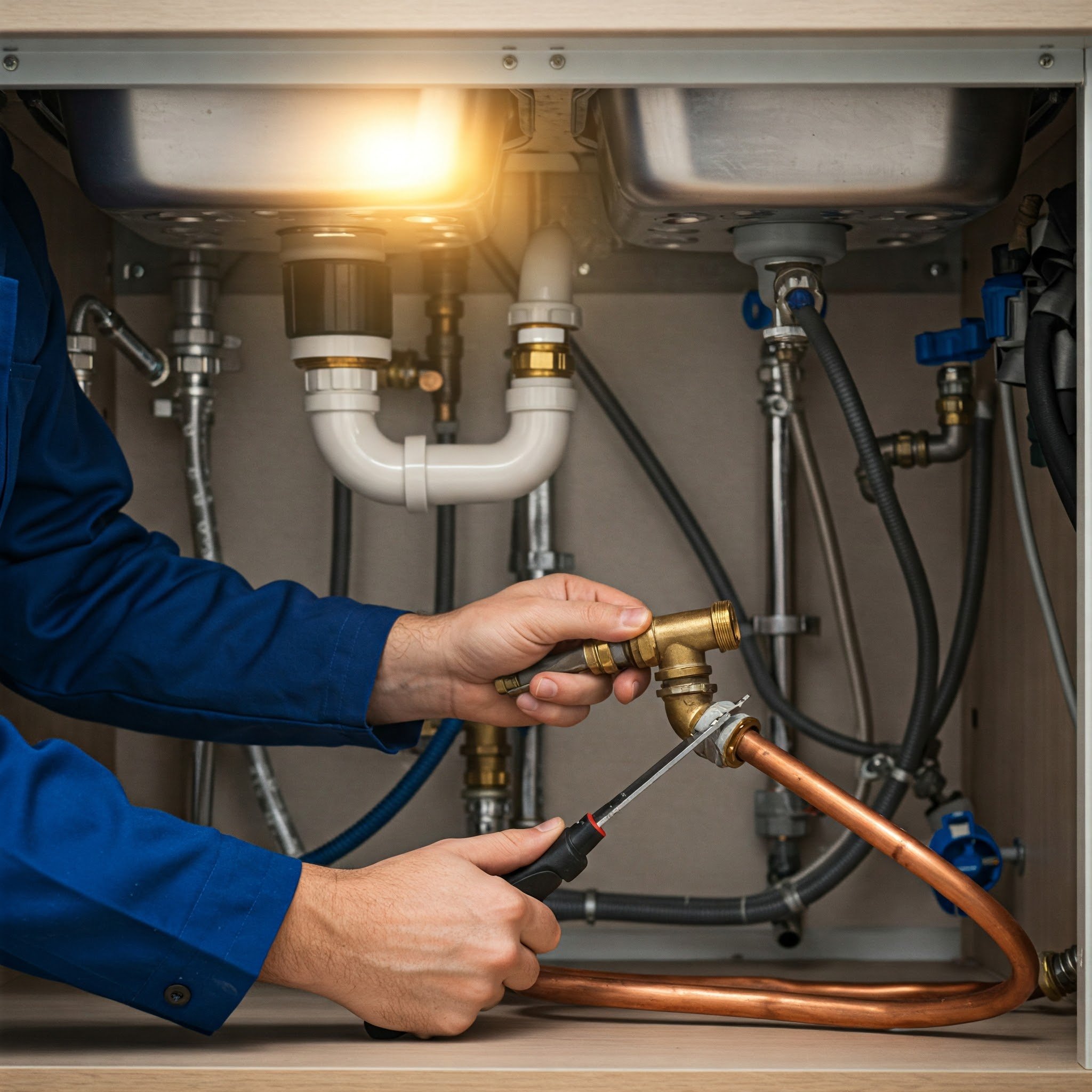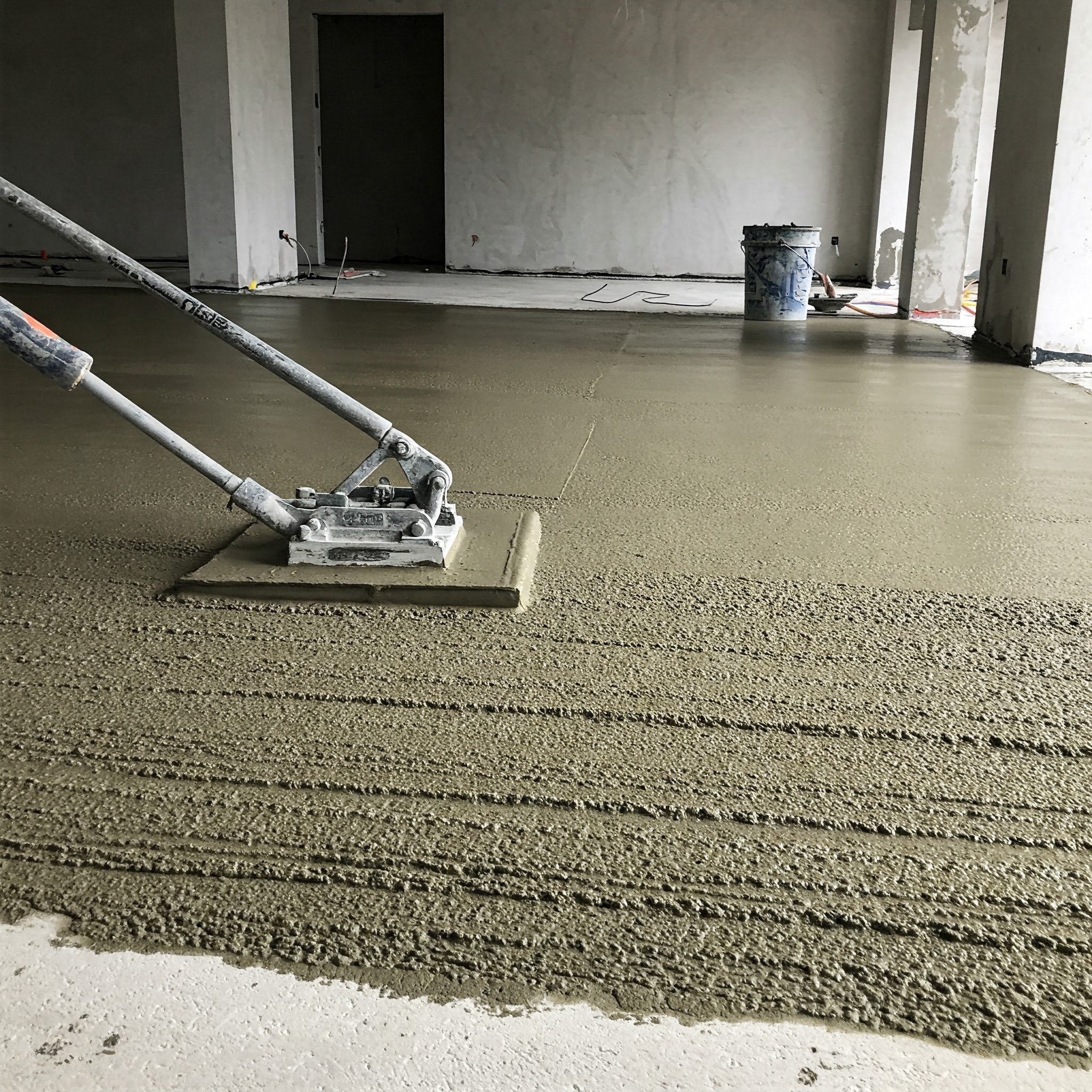Essential Tips for Managing a Burst Pipe in Your Home
Learn essential tips to quickly and effectively manage a burst pipe in your home, minimizing damage and ensuring a swift repair.
Essential Tips for Managing a Burst Pipe in Your Home
Imagine coming home to find water gushing from a pipe and your floors quickly flooding. The chaos of a burst pipe can turn your world upside down. Knowing how to manage this emergency efficiently can save you stress, money, and potential water damage.
You'll want to act fast, but don't worry, you're not alone in this. From shutting off the water supply to finding a reliable plumber, these essential tips will guide you step-by-step on what to do.
By the end of this article, you'll be equipped with practical knowledge that can turn a potentially disastrous situation into a manageable one.
Immediate Response to a Burst Pipe
When dealing with a burst pipe, quick and effective action can help minimize damage and stress. Focusing on the following steps ensures you handle the situation efficiently and prevent further complications.
Shut Off the Water Supply
Locate your main water shut-off valve immediately. Turn it clockwise to stop the water flow. This is an essential step to reduce flooding. If you can't find it, often it's in the basement, crawl space, or near the meter. Knowing this location ahead of time saves precious minutes.
Drain the Faucets
Once the water supply is off, open all your cold taps starting from the top floor and work down to the basement. This drains excess water from the system. Don't forget to flush your toilets. Doing this prevents any standing water from causing additional pressure or leaks.
Turn Off Electricity
Water and electricity are a dangerous mix. If the burst pipe is near electrical outlets or appliances, turn off the electricity in that area immediately. Use the breaker panel to cut power and avoid any risk of electric shock. Never touch the outlets or devices in wet conditions.
Call a Professional Plumber
Contact a professional plumber as soon as possible. They can properly assess and repair the damage. Having a plumbing expert you trust on speed dial is crucial. They provide guidance on immediate steps and ensure long-term repairs are successful.
Mitigating Water Damage
Quick action and proper techniques can significantly reduce the impact of water damage. Addressing standing water, saving important items, increasing airflow, and using dehumidifiers are crucial steps.
Remove Standing Water
Standing water can cause extensive damage to floors, walls, and furniture. Begin by shutting off the water supply. Use a wet/dry vacuum for manageable amounts of water or submersible pumps for larger volumes.
Mops and towels can help soak up water. Be cautious of electrical appliances in contact with water to avoid the risk of shock. Safety first!
Salvage Valuables
Once the water is under control, focus on saving your valuables. Move furniture, electronics, and important documents to a dry area. Items that are less water-sensitive, like plastic containers, can be left for later.
Use absorbent materials like towels or cloths to gently dry items. If possible, contact a professional restoration service for valuable electronics or delicate items. Salvaging promptly can prevent permanent damage.
Increase Ventilation
Increasing ventilation helps to speed up the drying process. Open windows and doors to let in fresh air. Use fans to circulate air if it is safe to do so.
Position fans to blow air out of the water-damaged area to help expel moisture. Good ventilation can prevent mold growth and further water damage.
Use Dehumidifiers
Dehumidifiers are essential for reducing moisture levels in the air. Place them in the most affected areas and keep them running continuously for several days.
Regularly check and empty the water container in your dehumidifier. Using dehumidifiers along with fans provides the best results for drying out affected areas and minimizing further damage.
Long-Term Solutions and Prevention
To prevent future pipe bursts, focus on regular maintenance, insulating pipes, monitoring water pressure, and installing leak detection systems. These steps can help safeguard your home and ensure that your plumbing remains reliable.
Regular Maintenance
Regular maintenance is key in avoiding plumbing issues. Schedule yearly inspections with a professional plumber, who can identify and fix small issues before they become big problems. Check for any visible signs of wear and tear, like rust or leaks, on your pipes.
Additionally, regular cleaning of your drains can prevent clogs and pressure buildup. Use a mix of vinegar and baking soda to clear any blockages naturally. Staying proactive with maintenance can save both money and stress in the long run.
Insulating Pipes
Insulating your pipes helps protect them from freezing and reduces the risk of bursting. Use foam pipe insulation, which you can easily install yourself. Wrap the insulation around any exposed pipes, especially in colder areas like basements or attics.
Make sure the insulation fits snugly with no gaps. For extra protection, consider using heating tape along with insulation, especially in extreme climates. Properly insulated pipes maintain a more consistent temperature, reducing the likelihood of freeze-related bursts.
Monitoring Water Pressure
High water pressure can strain your plumbing system and increase the risk of a burst pipe. Install a water pressure gauge to keep track of your home’s water pressure. The ideal water pressure should be between 40-60 psi.
If your water pressure exceeds this level, use a pressure regulator to adjust it. Regularly checking and maintaining appropriate water pressure protects your pipes and extends their lifespan. High water pressure may feel nice in the shower, but it's not worth the risk to your plumbing.
Installing Leak Detection Systems
Leak detection systems provide early warnings of any leaks in your home. These devices can be installed near water appliances and along main water lines. When a leak is detected, the system will alert you via your smartphone or a home alarm system.
Some advanced leak detection systems can even shut off the water supply automatically. Investing in these systems offers peace of mind and can prevent extensive water damage. Early detection allows for quick repairs, minimizing damage and cost.
Conclusion
Managing a burst pipe can be overwhelming, but quick action can mitigate damage. First, shut off the water supply, drain faucets, and turn off electricity near the leak. Call a professional plumber for repairs.
To minimize water damage, remove standing water, save valuables, increase ventilation, and use dehumidifiers. For long-term prevention, conduct regular maintenance, insulate pipes, monitor water pressure, and install leak detection systems.
These steps will help protect your home and reduce stress and costs during a plumbing emergency.


